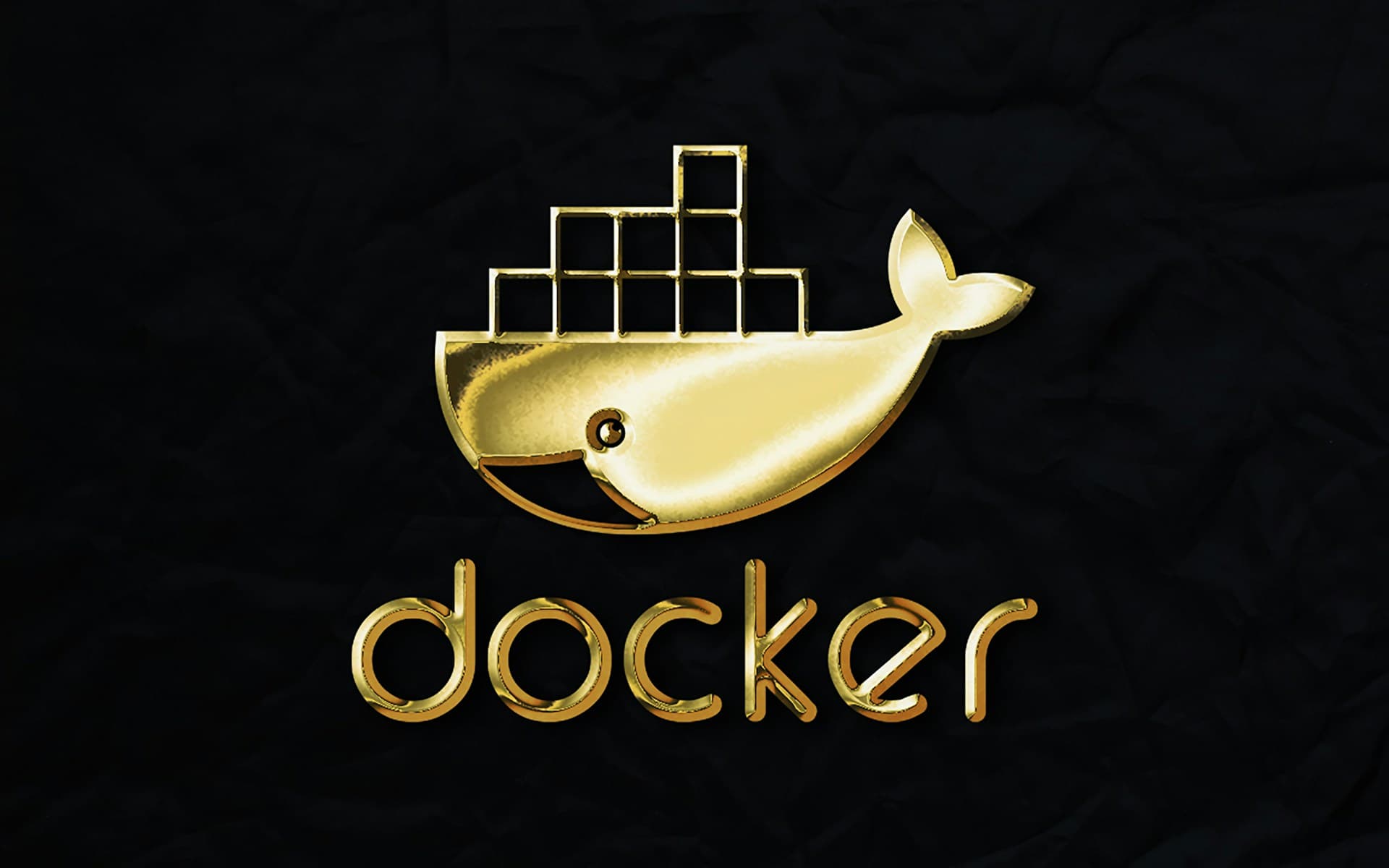Kubernetes vs Docker Swarm: Which Container Orchestration Tool is Right for You?
March 10, 2025

Explore the key differences between Kubernetes and Docker Swarm to make an informed decision for your container orchestration needs. This comprehensive guide covers architecture, features, scalability, and use cases to help you choose the right tool for your organization.
In the rapidly evolving landscape of container orchestration, Kubernetes and Docker Swarm have emerged as two of the most prominent solutions. Having implemented both platforms across various enterprise environments, I've witnessed firsthand how each tool addresses different organizational needs and technical requirements. This guide will help you navigate the complex decision-making process by examining their architectures, features, and real-world applications.
Understanding Container Orchestration
Container orchestration platforms manage the deployment, scaling, and operation of containerized applications across multiple hosts. They provide essential capabilities for modern cloud-native applications:
- Service Discovery and Load Balancing - Automatically expose containers to the network and distribute traffic
- Self-Healing - Automatically restart failed containers and replace unhealthy instances
- Horizontal Scaling - Dynamically adjust the number of running containers based on demand
- Rolling Updates - Deploy new versions without service interruption
- Resource Management - Optimize resource utilization across the cluster
Kubernetes: The Enterprise Standard
Kubernetes (K8s) has become the de facto standard for container orchestration in enterprise environments. Its comprehensive feature set and robust architecture make it ideal for complex, large-scale deployments.
Architecture and Components
Kubernetes follows a master-worker architecture with these key components:
| Component | Role | Key Features |
|---|---|---|
| Control Plane | Cluster management | API server, scheduler, controller manager, etcd |
| Worker Nodes | Container execution | Kubelet, kube-proxy, container runtime |
| Add-ons | Extended functionality | DNS, dashboard, monitoring, logging |
Docker Swarm: Simplicity and Integration
Docker Swarm provides a more straightforward approach to container orchestration, tightly integrated with the Docker ecosystem. It's particularly well-suited for organizations already using Docker extensively.
Architecture and Components
Docker Swarm follows a simpler architecture with these main components:
| Component | Role | Key Features |
|---|---|---|
| Manager Nodes | Cluster management | Service orchestration, scheduling, API |
| Worker Nodes | Container execution | Task execution, load balancing |
| Services | Application deployment | Replicated services, global services |
Comparative Analysis
Let's examine how these platforms compare across key dimensions:
Scalability and Performance
| Aspect | Kubernetes | Docker Swarm |
|---|---|---|
| Maximum Cluster Size | 5,000 nodes | 1,000 nodes |
| Pods/Containers per Node | 110 pods | Limited by node resources |
| Scaling Speed | Moderate (complex scheduling) | Fast (simpler scheduling) |
Use Cases and Recommendations
Based on my experience implementing both platforms, here are the ideal use cases for each:
When to Choose Kubernetes
- Large-Scale Deployments - Organizations with complex, large-scale applications requiring advanced orchestration features
- Multi-Cloud Strategy - Teams needing consistent operations across different cloud providers
- Advanced Requirements - Applications requiring sophisticated networking, storage, or security features
- Enterprise Environments - Organizations with dedicated DevOps teams and complex operational requirements
When to Choose Docker Swarm
- Small to Medium Workloads - Organizations with simpler container orchestration needs
- Docker-Focused Teams - Teams already heavily invested in the Docker ecosystem
- Rapid Deployment - Projects requiring quick setup and minimal configuration
- Limited Resources - Organizations with smaller DevOps teams or limited infrastructure
Conclusion
The choice between Kubernetes and Docker Swarm ultimately depends on your specific requirements, team expertise, and organizational context. Kubernetes offers unparalleled power and flexibility for complex, large-scale deployments, while Docker Swarm provides simplicity and ease of use for smaller, more straightforward workloads.
Consider these key questions when making your decision:
- What is the scale and complexity of your applications?
- What is your team's expertise level with container technologies?
- What are your future growth projections?
- What level of operational complexity can your organization handle?
- What are your specific feature requirements?
Related Articles

Kubernetes for Beginners: A Comprehensive Guide
Kubernetes has become the industry standard for container orchestration. This guide will help you understand the basics and get started with your first cluster.

Enterprise-Grade Docker: Production Hardening and Optimization Techniques
Master production-ready containerization with battle-tested Docker best practices. Learn advanced security hardening, performance optimization, resource governance, and orchestration strategies derived from real-world enterprise deployments.

Service Mesh Architecture: The Critical Infrastructure Layer for Modern Microservices
Service mesh provides a dedicated infrastructure layer for managing service-to-service communication within microservices architectures. Learn how it enhances observability, security, and reliability in complex distributed systems.